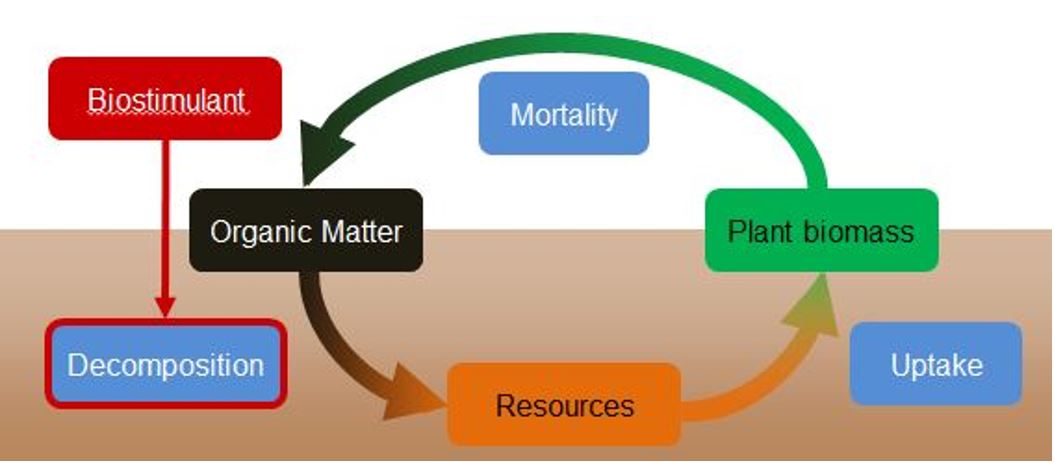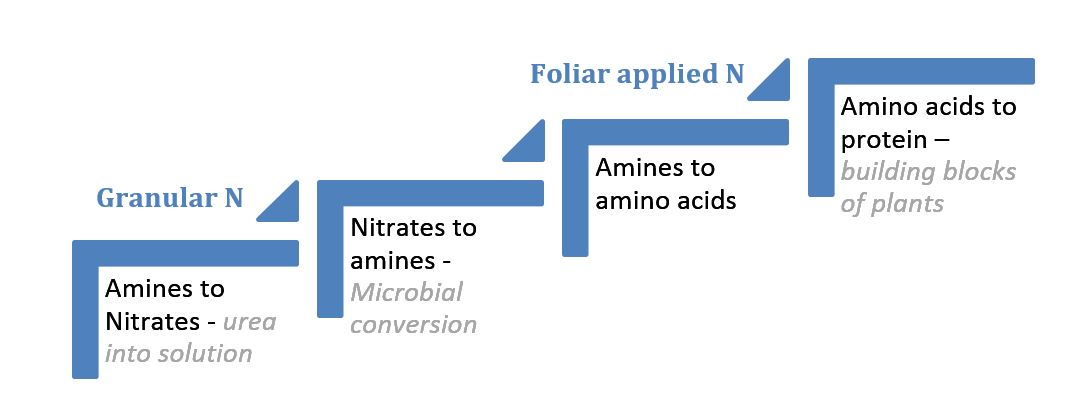Bio Stimulants – Foliar Sprays – Video
- In:
- 2017 Forest Growers Conference
- Report No:
- AC2017-17
- Report Date:
- October 18, 2017
- Author(s):
- Simeon Smaill / Graham Coker: Scion Steve Gatenby: Timberlands
Bio stimulants to Boost Productivity
Bio stimulants – Foliar Sprays
Presentation below
he aim of biostimulants is to speed up or otherwise enhance some of the natural processes which occur in soil, within trees, and in the wider environment, and which determine tree growth and productivity.
Biostimulation involves developing systems that produce positive growth responses. For example, the rates at which soil microbes and soil animals release mineral nutrients from organic matter is a key limitation in natural nutrient cycles. Researchers have been investigating the potential to use a nitrogen-based compound, biuret, to stimulate forest soil microbial activity, hence speeding up the break-down of organic matter in soils and the subsequent uptake of nutrients by plant roots – in other words, speed up the nutrient cycle.

Biuret is a bi-product of urea production. It is known to be toxic at low rates to many plant species, but radiata pine appears highly tolerant of biuret. Seedlings treated with even relatively high concentrations of biuret have survived and grown well above the rates expected of seedlings grown under normal nursery fertiliser regimes.
Trials at operational scale in a commercial nursery have been established, and are now also underway in plantation forests, with significant interest and support from private forest owners.
Scion is establishing a new series of ‘Accelerator Trials’ and biuret will be applied to seedlings already planted in some of these trials. The rate of application – around 125kg/hectare, is far less than perhaps the 500 kg of nitrogen/hectare that might conventionally be applied, emphasising the potential for both environmental gains and cost savings for the industry.
Challenges remaining include how to apply what is a very insoluble chemical, and obtaining biuret in commercial-scale quantities.
Foliar fertilising
The potential for applying liquid fertilisers and biostimulants directly to tree foliage is also being investigated as an alternative to conventional granular fertiliser applications. In theory, application to the forest canopy gets the nutrients directly to where they need to be, rather than having to wait for the processes that go with uptake of nutrients by tree roots.
Foliar-application is more efficient than granular application because:
- less energy is required by the crop to utilise nutrients
- applied at the site of use – faster uptake and less chance of leaching
- operationally more efficient – doesn’t need to be applied prior to rain
- can potentially be applied with other operations.

Small-scale trials of foliar applications of a range of fertilisers have provided encouragement to researchers, both in terms of actual growth responses and of the cost-effectiveness of foliar applications.
A ten-fold or a $100/ha cost advantage was obtained from foliar N application in trials carried out on small radiata pine in both 2015 and 2016. Trials are planned at national operational scale next, and researchers will continue to refine practices so as to maximise gains for forest growers.
- Document:
- 17 _ 18 Biostimulants and Foliar Sprays (2.58 Mb)




